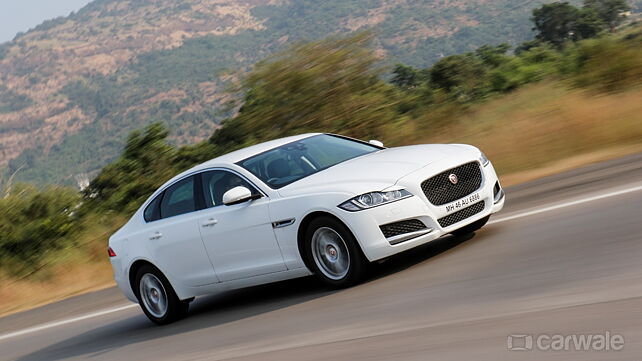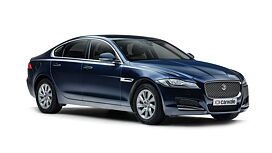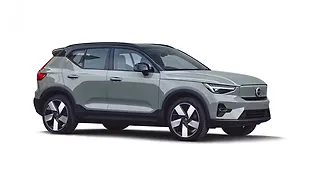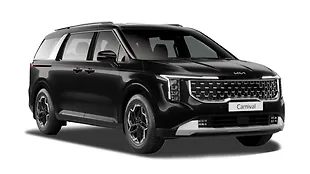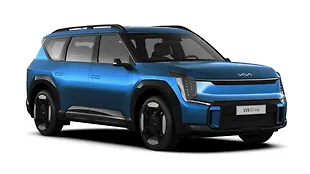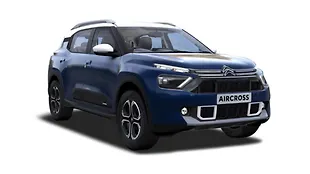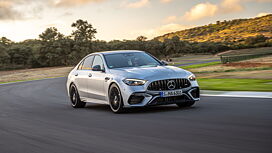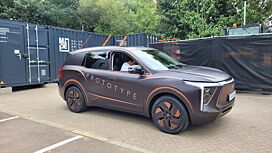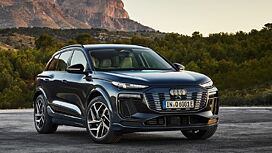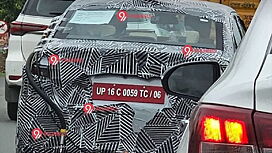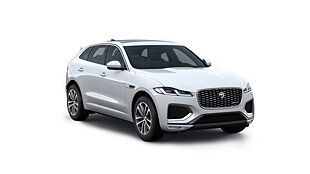What is it?

If the arrival of the second-generation Jaguar XF represents anything, it’s the plucky Brits throwing their weight around and jabbing down at the Germans yet again. For too long the XF, introduced back in 2007, has played second fiddle to its illustrious German rivals (Read: 5 Series, A6, E-Class) despite being genuinely distinctive and charming – it would stand out and be talked about pretty much anywhere.
Jaguar though has now remodelled the XF with an aim to push its game more in-line with its rivals. As a result, it’s bigger on the inside, better equipped and crucially, much lighter than before. The second-gen XF in fact uses more of aluminium in its construction to allow weight savings of around 190kg for the diesel-powered model you see here. What’s even more impressive is the wheelbase which has gone up by 51mm despite the car itself being shorter than before.

Looks are subjective, sure, but this new XF looks just as elegant and striking as its predecessor. Even though Jaguar has played it safe by taking the evolutionary route with the styling, the new XF oozes plenty of character and evokes emotion. The XE-like fascia blends in well with the car’s silhouette and there are enough maturely designed elements to give it some personality. The thick splashes of chrome on the front bumper, window line, the boot-lid and those gorgeous multi-spoke 17-inch wheels (18-inchers on top-spec Portfolio trim) give the XF a premium appearance in a way that’s elegant but not ostentatious.
How is it on the inside?

Inside, you still get the previous XF’s party piece i.e. the uber-cool start-up sequence with the rotary gear selector rising up from the centre console and the air vents rolling up in harmony. Barring it, everything else inside the cabin is either all-new or thoroughly refreshed. Among all-new bits is the multi layered-dash, a new steering wheel, instrument panel and the XJ-inspired wraparound wood trim that enfolds the top of the dash.
The new XF can be had with different leather and wood trimmings but in this base Pure trim, you have to settle for the black veneer with either black or beige seat upholstery. Even though it’s well put together overall, the cabin in this particular trim looks rather dull. What’s really surprising though is the stark contrast in luxury as well as feel-good factor between the base and top-spec trim – the cabin is far better equipped and finished in the top-of-the-line Portfolio trim. For what it’s worth, our test car didn’t exactly make us feel any special, especially considering the lack of basic luxury features such as sunroof and a rear parking camera. Even the 80W audio system with a basic, low res display was a big step backwards from the systems usually found in a car of this size. Now to be fair, you can opt for higher-spec trims that will get you the incredible 825W Meridian surround sound system with up to 17 speakers. Besides it, the XF Portfolio also comes with a much better infotainment system, a fully digital instrument cluster, multiple cameras with 360 degree viewing, LED headlights, 14-way electrically adjustable front seats and more leather anywhere you see.

How does it drive?
The biggest change in the XF diesel is not the exterior or the interior. It is in fact the new four-cylinder, 2-litre motor from Jaguar Land Rover’s Ingenium engine family. Developing 180bhp at 4,000rpm and 430Nm of torque between 1,750 and 2,500rpm, this all new engine will eventually find its way into other Jaguar Land Rover vehicles. Currently in the XF, it belies its modest capacity by offering fairly strong power delivery and a noticeable slab of torque down low. Yes, the turbo takes a moment to spool up but once on song, the engine spins freely and with a surprisingly deep rasp. In terms of power delivery, progress is soft at the bottom end, before giving way to that surging mid-range but tapering off quickly soon after. In manual mode, you can hold on to nearly 5,000rpm but there is no point pushing past 4,000rpm.

For most occasions, the four-cylinder Jag offers effortless performance. What’s more, the shifts from the ZF 8-speed gearbox are smooth enough to be imperceptible; however, there is some hesitancy to kick-down in D. That said, you can put the XF in Dynamic mode to make the throttle response crisper and the gearbox more engaging. With our Vbox timing gear attached, the XF diesel cleared up the 0-100kmph sprint in 9.31 seconds and took 5.39 seconds in 20-80kmph roll-on acceleration, making it decently quick for its size.
The XF is not a supremely quiet car, especially when compared to the E-Class or the A6 but around town it’s silent enough to have low-key conversations at ease. At highway speeds though there is noticeable tyre roar, more so over coarse-chip surfaces. Where the XF feels most effortless is exactly where you would expect it. It’s an ideal long-distance weapon and if you spend a lot of time doing inter-city runs, it’s a great companion – that 8-speed automatic really allows the XF tostretch its legs on the highway.

Riding on 55-profile Continental tyres, the XF diesel maintains the plush composure of its bigger sibling, the XJ when encountering bad roads. Although we are not saying it’s simply unfazed by sharp potholes and big bumps, the XF deals with road imperfections better than you might expect – the ride quality has a soft edge to it and unlike its predecessor, this new model will take pretty big jolts without letting in any form of unnerving clunks.
Should I buy one?

The previous XF had a key limiting factor when it came to rear seat comfort. Fortunately, Jaguar has addressed this shortcoming by adding more knee room and headroom. Whereas the old car was squarely aimed at folks who like to take the wheel, this new model definitely appeals to a wider set of buyers. In terms of legroom and seat comfort, the new XF has its game sewn up – Besides good under-thigh support and a decently angled backrest, there’s enough room at the back even if the front seat occupants are long-legged. The rear seat itself is perfectly cushioned and wide enough to fit three people but two would be more comfortable given the high centre tunnel. Also, despite its big improvement, the XF is no match for the E-Class when it comes to ultimate rear seat comfort. The big Merc has an airier cabin and more supportive seats.
Where does it fit in?

The new XF diesel range is priced between Rs 52 lakh and Rs 66 lakh (ex-showroom, Mumbai). At these prices, it shares showroom space with similarly powerful versions of the Mercedes E-Class and the BMW 5 Series – all-new generations of which are due to be launched in the Indian market. The Jag, on the other hand, is as brand new as it can get, meaning it is at a considerable advantage for those looking to get their hands on the latest mid-size luxury sedan. That said, it does have the all-new Volvo S90 to oppose. Click here to read our first drive review of the Volvo S90.
Photos by Kapil Angane
Click here to read our first drive review of the Jaguar F-Pace
Click here to read our comprehensive road test of the Jaguar XE

